New to the site, Looking for help with clay
mcglinnen
11 years ago
Related Stories
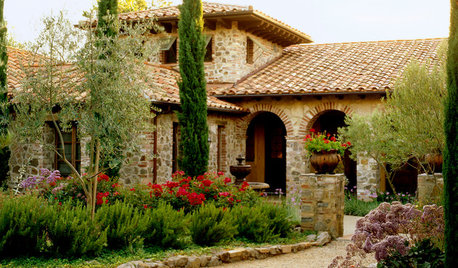
ROOFSRoof Materials: Get an Old-World Look With Clay Roof Tiles
The ancient roof material of choice remains the modern-day ideal for authentic Italian, Mediterranean and Spanish home styles
Full Story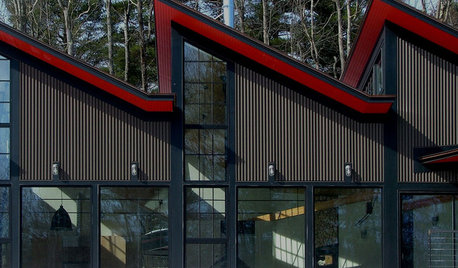
EXTERIORSSawtooth Roofs Help Homes Look Sharp
Creating a distinct exterior is just one benefit of the sawtooth roof — it can help bring daylight into interiors as well
Full Story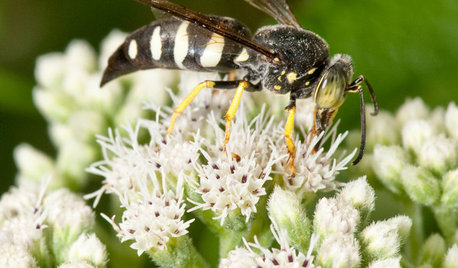
GARDENING GUIDESSand Wasps Keep True Bugs in Check and Help Pollinate Summer Flowers
Look for these solitary wasps nesting in sandy sites and foraging on flowers in July and August
Full Story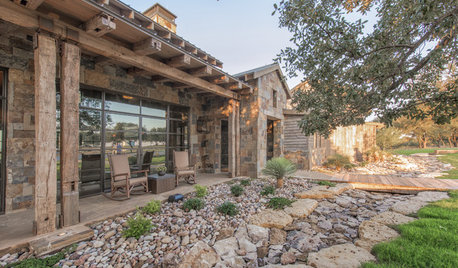
LANDSCAPE DESIGNTo Manage Stormwater Sustainably, Understand Your Site
Follow this guide to learn how water moves through your landscape and how best to manage it
Full Story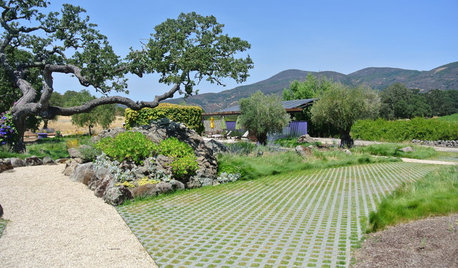
ARCHITECTUREBuilding Green: How to Plan Your Site for Healthier Living
Learn the many ways to create a more eco-friendly environment on your land
Full Story
LANDSCAPE DESIGNHow to Choose and Site Garden Art
The right piece in the right place can make or break the mood of your garden
Full Story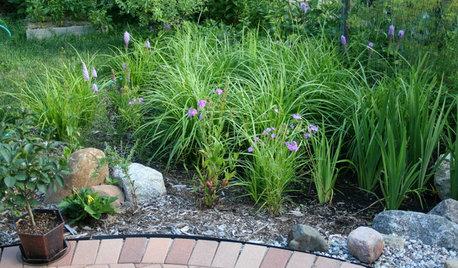
LANDSCAPE DESIGNHow to Site and Size a Rain Garden for Your Landscape
Installing a rain garden is an excellent way to reduce runoff and return water to its source
Full Story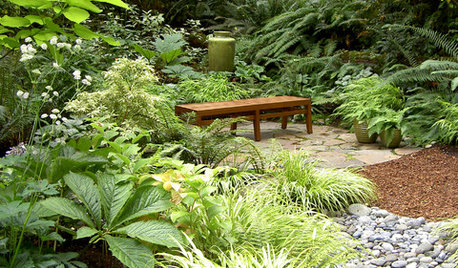
GARDENING GUIDESGreat Garden Combo: 6 Beautiful Plants for a Shady, Wet Site
Transform a shade garden with moisture-loving golden grasses, textural leaves and a sprinkling of flowers
Full Story
GARDENING GUIDESGardening Solutions for Heavy Clay Soils
What’s a gardener to do with soil that’s easily compacted and has poor drainage? Find out here
Full Story
KITCHEN DESIGNKey Measurements to Help You Design Your Kitchen
Get the ideal kitchen setup by understanding spatial relationships, building dimensions and work zones
Full Story





davidpeaceriver__2b
docmom_gw
Related Professionals
Maple Valley Landscape Architects & Landscape Designers · Severn Landscape Architects & Landscape Designers · Bethel Park Landscape Contractors · Beverly Hills Landscape Contractors · Dallas Landscape Contractors · Fuquay-Varina Landscape Contractors · Hilton Head Island Landscape Contractors · Kerman Landscape Contractors · Lancaster Landscape Contractors · Louisville Landscape Contractors · Merced Landscape Contractors · Parkland Landscape Contractors · Pompton Lakes Landscape Contractors · West Chester Landscape Contractors · Bensenville Landscape Contractorsianna